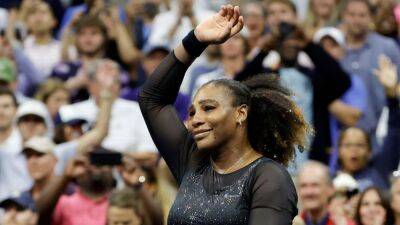Commentary: Why more athletes are retiring later like Serena Williams
EASTBOURNE, England: Serena Williams has announced she’s retiring. The tennis star has had a long and decorated career, winning 23 grand slams and establishing herself as one of the most well-known professional athletes in the world.
Williams, who is 40, joins a host of other professional athletes who have continued to compete well beyond the typical retirement age for athletes – which is between 28 to 32 years of age. Other notable athletes still competing at the highest level of their sport after 40 include English cricketer James Anderson (who is 40) and American surfer Kelly Slater (who is 50).
There are many reasons an athlete may choose to retire from sport, such as injury, illness, fitness or family. But a combination of better training, nutrition and recovery techniques may help explain why a growing number of athletes are competing past what was once considered their “prime”.
Athletes have a wealth of support systems to help them in their training – including their coaches, who help them reach their peak for certain performances and recover between games or competitions.
The “old school” approach to training consisted of high-intensity exercise to failure or fatigue – essentially pushing an athlete until they couldn’t do any more during that training session. The main benefit of this approach is that it’s time-efficient, as the more intense the exercise, the less time is needed to achieve the benefits of training.
But a more structured approach is now favoured by many athletes and coaches. The reason for this shift in training styles is thanks in large part to research over the past 20 years showing burnout and injuries are more common as a result of overtraining caused by high-intensity exercise.
To avoid this, most






